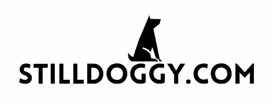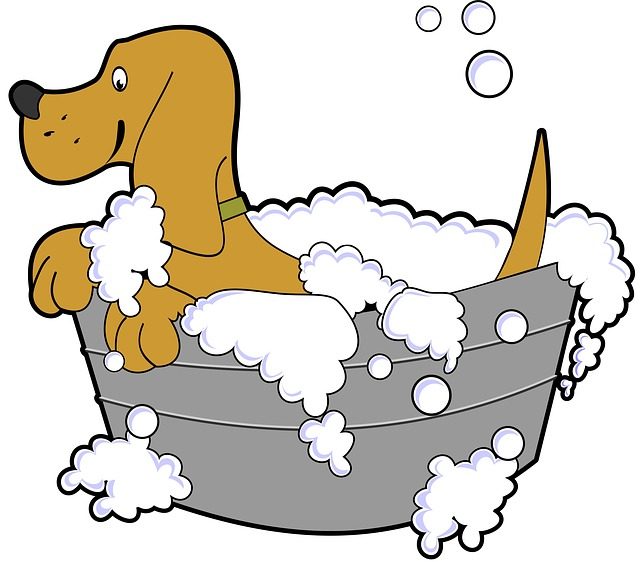Good grooming is vital for your dog’s health and well being. A clean dog is usually flea free, sheds less, has a good odor, has a healthy fur and healthy teeth.
Good dog grooming involves brushing your dog’s fur, bathing your dog, trimming the dog’s fur, clipping your dog’s nails and brushing his teeth.
The tools needed for dog grooming include large tooth comb, a brush, a grooming table, grooming clippers, thinning shears, nail clippers or a grinder. Always remember to choose the proper tools as the dog’s skin is very sensitive.
Brushing Fur & Bathing:
Bathing your dog once a month is enough as too much bathing removes natural oils and causes skin irritation. Brushing your dog’s fur, on the other hand, should be done regularly.
Brushing Fur/Coat Tips:
- It is important to brush your dog fur first before giving him a bathe. The dog’s fur should be completely dry before brushing.
- During the regular fur brushing, the best brush to use is a pin brush made of metal as it goes through the fur and comes out with a lot of hair and dirt.
- Use a plastic brush when brushing your dog’s fur, after a bath.
- Brush the dog in the direction that the hair grows
- Be gentle and avoid pulling the fur
Bathing Tips:
- The temperature of the water: make sure that you check the water temperature first. It should be warm before you spray your dog.
- Water Pressure: Use a low pressure sprayer or a hand shower and do not spray or put the hose directly on your dog’s skin. Use your hand to reduce the pressure from going directly onto your dog’s skin.
- Shampoo: Use the flea and tick shampoos that are specifically meant for dogs as other shampoos can be too harsh. Diluting the shampoo or combining it with conditioner is recommended. When applying the soap, first use your hands to lather and then start with dog’s legs and move on to the body and then the face. Ensure that the soap does not get into the dog’s eyes. Scrub against the grain in the direction the hair grows.
- Rinsing: make sure the water does not get into the dog’s nose, to avoid the dog feeling like she/he is drowning. You may also want to put some cotton balls in the dog’s ears to prevent water getting into the ears, which if left unchecked can lead to infection.
- Drying: Make sure that the drying is quick by having the towels ready before you start the bath.
Shaving & Trimming Your Dog:
Shaving Tips:
- The shaving should be done in a quiet place to avoid the dog from making sudden movements.
- Use shears or clippers to trim the dog’s hair, while making sure that the dog is not moving around during the trim.
- For fur that is matted, do not use scissors but clippers.
- Shave your dog when the fur is dry. Make sure that you have a sharp clipper.
- Start with the neck and then move on to the body and be careful with the angles and hidden parts.
- Avoid using a clip on the head, beard and tail. Instead, use trimming scissors and comb. Brush, hold the fur out then cut to the desired length and avoid cutting close to the skin.
Brushing Your Dog’s Teeth:
Brushing your dog’s teeth will help in preventing gingivitis and tartar, which if left unchecked can lead to periodontal disease and dental abscesses, which can then spread to the major organs. Brush your dog’s teeth daily.
Brushing Tips:
- Monitor your dog’s mouth regularly, look at their teeth and smell their breath so you know what normal looks like and then you will be able to recognize any abnormalities immediately and if they occur.
- Use pet approved toothpaste and make sure your dog likes the flavour.
- Use a small tooth brush for smaller dogs and a big tooth brush for bigger dogs. Use a tooth brush that is approved for dogs.
- When brushing, go in a straight path, starting with the back teeth. Tartar is on the outside of the teeth.
- Choose dental diet options, give your dog water with water additives that are good for healthy teeth and give him/her chewing toys to chew on.









